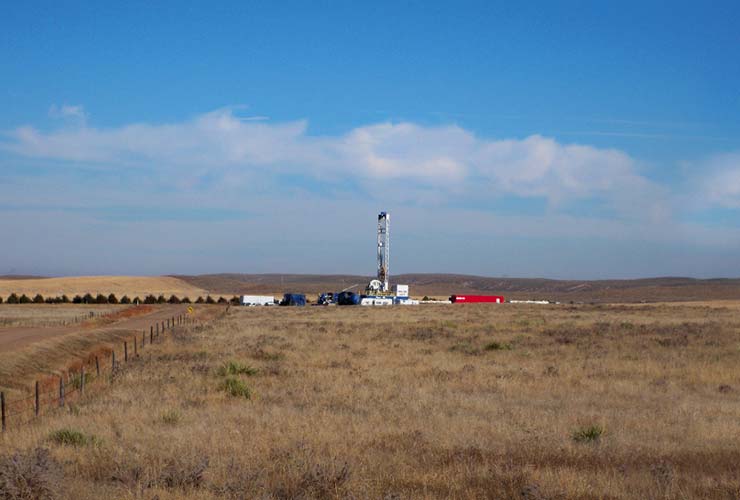What Is Underbalanced Drilling & How Does It Work?
Underbalanced drilling (UBD) is when the pressure in the formation is greater than the hydrostatic pressure in the bore hole. This difference in pressure encourages the flow of oil, gas or both into the annulus and helps the well to produce. Underbalance drilling can be used in both jointed pipe and coiled tubing drilling applications. However, to achieve true underbalance, coiled tubing drilling is really the only viable method to do this.
Although jointed pipe drilling can be used in underbalanced conditions, there are some features that mean it can never be classed as ‘true underbalance’. Disadvantages such as breaking equilibrium to make-and-break joints makes the process costly and time consuming along with the fact that the well is not pressure contained at all times, can decrease your safety on site.
This isn’t the case with coil, drilling with coiled tubing makes it much safer for field operators and allows unexpected changes in downhole pressure, or kicks, to be safely circulated out of the system by using the choke at surface to adjust the flow back pressure.
Other than safety, UBD Coiled Tubing Drilling has other advantages:
- Drilling is faster because the cuttings at the drill bit break away more easily.
- UBD allows the well to produce while drilling which means that the well owner can earn money while drilling.
- By monitoring the production while drilling, it is possible to navigate through the reservoir to get the best production.
Differential sticking is often a common concern from clients and differential sticking and lost circulation is a common cause of stuck pipe. This happens in overbalance conditions when the mud pressure on the outside of the wall of the pipe is greater than the formation-fluid pressure. In UBD the pressure differential is the other way round so provided the mud weights are controlled correctly, differential sticking is avoided.
Underbalanced conditions are created by lightening the weight of the fluid column in the well. In some cases this can be done with a lower density fluid such as fresh water or diesel. In other cases, it will be necessary to add a gaseous fluid such as air or nitrogen to achieve the required underbalance.
Author: Clare Miszewska-Hall
Published: 28th November 2016
Comment
Your Email
Enter your comment here:
Enter Your Comment
Your Email
Comments



Thursday 16th November 2017 at 3:11pm
Taylor Bishop commented:
Thanks for helping me learn more about underbalanced drilling. It's interesting to learn that it is actually a fast drilling process. I'm a bit interested to see what this process is like and how it can be done correctly.

Thursday 14th December 2017 at 4:20pm
Jesper Christiansen commented:
Great read!

Saturday 29th April 2017 at 5:10pm
Mohammed Abdo commented:
With UBD CT Drilling the wellbore cleaning will be faster and more functional than OBD.

Saturday 19th May 2018 at 9:05am
Oliver commented:
Excellent blog! Thank you for sharing such information. The two main advantages are more effective drainage of the reservoir and reduced water and gas coning.

Friday 28th September 2018 at 4:46pm
John Martin commented:
Good overview!

Wednesday 30th January 2019 at 7:36pm
CJ Bernard commented:
Our data backs up your assertions here. We have over 10 years of experience in UBCTD. One project has been running continuously for over 4 years, so I would say extremely viable!

Thursday 7th March 2019 at 2:31pm
Taylor Bishop commented:
I wanted to thank you for helping me understand underbalanced drilling. It's good to know that the well can produce while the drilling is happening. I'm interested to learn if this works for all types of wells or mostly just smaller, more residential ones.












+44 1392 933 100 | +1 800-868-1562